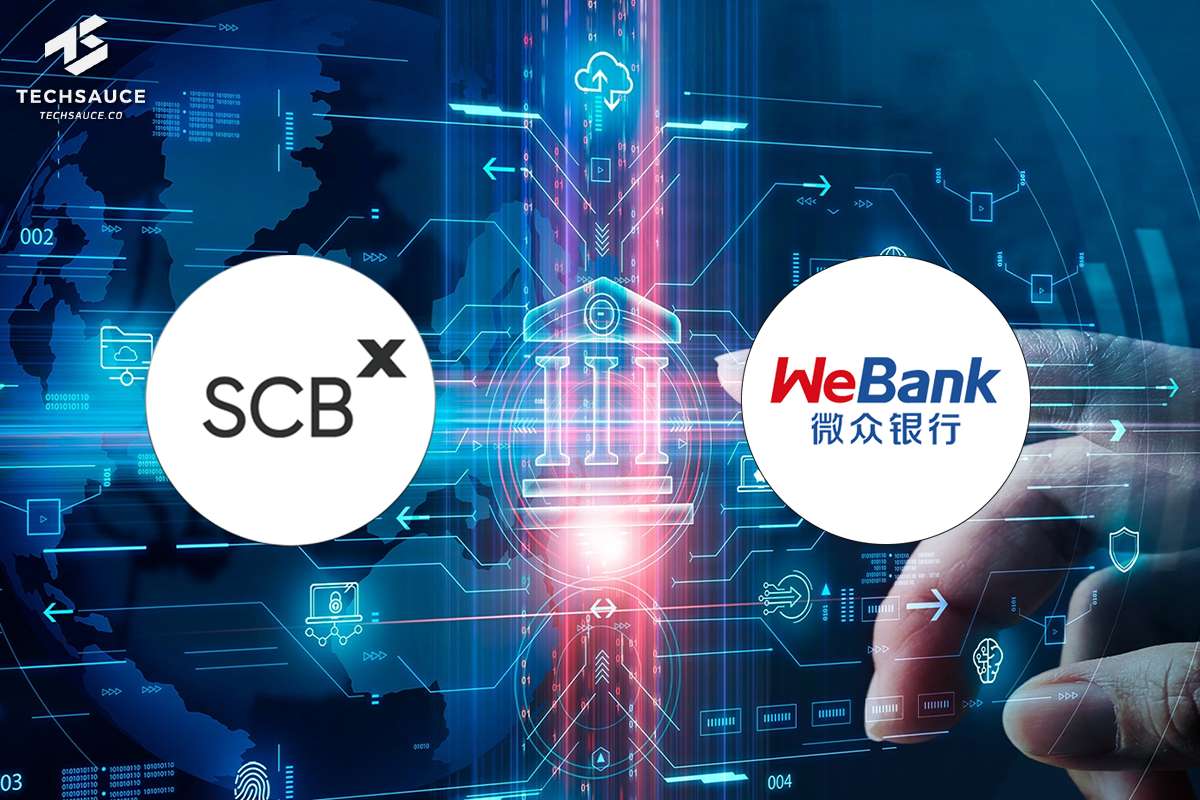AI, Data and Future Challenges in The Financial Sector: Discussing Trend with Brian Thung from EY

- Data and AI are fundamental to Fintech in 2019.
- The size of banks determines AI usage pattern.
- Banks are key players for Fintech startup companies, especially in incubation stage.
- Speed, security and scalability are the driving factors for cashless society growth.
At the 2018 Singapore Fintech Festival, sessions were held to showcase and present insights content. We are also honored by speakers with extensive experiences in finance and banking sectors offering their views in Fintech trends in 2019.
For this article, we had the opportunity to discuss the future of Financial sector and Fintech with Mr. Brian Thung, Managing Partner, ASEAN Financial Service from EY who has more than 20 years of experiences in financial service area.

What do you think about Fintech trends in ASEAN region in terms of possible impacts on business and financial sectors?
Mr.Thung: Currently, there are numerous Fintech trends and many of which can add commercial value. Today, we will be digging into data, its usage, and the integration of data and AI, both in the form of Artificial Intelligence and Augmented Intelligence. The use of AI is important to us and business sectors as companies can use AI to solve problems, or at least to make better decisions.
For example, an asset management company needs to integrate data and AI in order to ensure that the information available is reliable enough to effectively manage investment portfolio, focusing on key areas to look out for and see what should be done to maximize profits. Key areas for each AI user can be different depending on their characteristics, for example, small banks, large national banks, multi-national banks, all focus on different key areas.
For small or new banks and financial institutions, their challenge lies in their involvement in the market and ecosystem. What they need to do to bring products and services into the marketplace by using data and AI to help them find the best way to do so. Large national banks with a significant market share and partners in the ecosystem may also use AI to resolve operational pain points within the organization.
The use of AI by multinational banks may focus on creating innovation in their operations. I think AI users should identify their key areas and determine how to use AI and information available to solve their problems.
What about Fintech technology trends in 2019 and going forward?
Mr.Thung: Technology is always changing, so I will not specifically talk about any particular technology. When looking at data and surveys, we can tell that Fintech is mostly used for payments. The upcoming InsureTech leverage Robo Adviser, Data Analytics and AI to help companies making better decisions. Another trend to look out for is Alternative Data Point (a source of information other than traditional data storage, such as behavioral data on the social network) that uses technology to extract the information needed to accurately reflect actual circumstances. For example, if you are looking for investment ideas, you have to extract only the information related to the investment.
Think of a marathon, every organization is a runner who must think about each step to take and determine whether they have the resources and personnel ready for the future. They need to take only some of the lessons learned because some lessons may work just fine now but not in the future. Technology will help us break through this.
Banks are facing a number of challenges, including emergence of non-bank companies that are providing financial services such as Alibaba, Tencent, Grab, LINE. What do you think about this?
Mr.Thung: A few years ago, financial institutions felt the challenge brought by the arrival of non-bank or non-financial companies with Fintech capabilities, as these companies could grab their market share, but when they have better understanding of Fintech, they have begun to see its potential. I feel that financial institutions today see that Fintech offers good collaborative opportunities, for example, banks in Thailand and Vietnam launched the Fintech Startup incubation program, both to ease customer pain points and seek new ways to engage customers, such as, customization of services or products to respond customer proactively, to improve both internal operation and customer engagement.
So I don’t think that banks are looking at non-bank companies with Fintech capabilities as a threat but rather as an opportunity to cooperate. They also need to think about questions such as how to ensure that we are moving forward, how to ensure that we are on track with the right trend so that we will not be surpassed by non-bank or other technology companies. We can see that many financial institutions invest in their own innovation center or lab, but the results are yet to be seen at the moment, and customer feedbacks also vary. It is also not clear what we will achieve from the innovation lab. I think we should do something that creates "Industrialising Innovation".
The question “How do you turn innovations into industrial processes?” may sound strange to you, but I think it's a mindset. Financial institutions such as large banks should focus on innovation planning. They should be able to identify their purposes, and targets of the innovation. As I am in a professional organization, we often have plans and good working models, but there are always areas for improvements. We have to ask ourselves what we need to move forward and that is the "continuity" of creativity and innovation in the organization.
Moreover, how do you know what is right for you when there are many conflicting ideas? Should we give the first priority to our customers or to the bottom line? This goes beyond managing the conflict, and banks need to determine how innovations should be controlled and used.
If Fintech companies are getting bigger, how do you think that will shape business model of banks?
Mr.Thung: Of course, banks have gone through transformations from their product offering to business model, depending on types of banks and customers. For example, retail banks provide services using both human and Robo Advisors. For operation, they need to find out how to reach customers as quickly as possible, and also need to meet relevant regulatory requirements, such as e-KYC and collection of asset information for credit assessment. Collaborating with Fintech companies enables banks to initiate use of all these innovations.
What are the main drivers of cashless society in the region?
Mr.Thung: I think that the countries in this region like Singapore and Thailand have many payment systems available. Payment technology is a part of Fintech with the highest growth. However, having excessive mobile payment apps for you to choose can be troublesome.
Benefits of cashless transactions and the growth of the cashless society depend on the government direction because benefits can be in terms of cost reduction and transaction security. I think it also solves the problem of cash payment which is still popular in the region.
As for the main drivers, I think there are 3 factors to consider: speed, security, and scalability that enable us to switch the platform. Speed means instantaneous, for example, I can instantly return the money I borrowed to pay for dinner yesterday. Security is something we need to think about because it involves everyone. It is easy to transfer a small amount of money to each other, but when we talk about buying a home or a car, for example, if I want to buy a house in Bangkok, I will have to provide the information of my Singapore bank account in the system and press confirm button. Then the bank will call me to confirm the information so that the money can be transferred to Bangkok. I think cashless transaction can be made easier, but we need to have effective and reliable IT and data infrastructure, which will provide the flexibility that we need.
Please give us examples of technology in the banking sector
Mr.Thung: I could not cover all technologies but I would like to talk about the Digital Strategy Roadmap that many organizations are using to bring digital to maximize benefits from digital technology. It helps organizations to know how they should use technology and decide whether to acquire it.
For further information, you can visit EY Fintech Hub, where you can find the latest EY Fintech Ecosystem Playbook, which was prepared by EY and the Singapore Fintech Association. The report provides Fintech figures and case studies from around the world, and this report is available for free.
ลงทะเบียนเข้าสู่ระบบ เพื่ออ่านบทความฟรีไม่จำกัด







